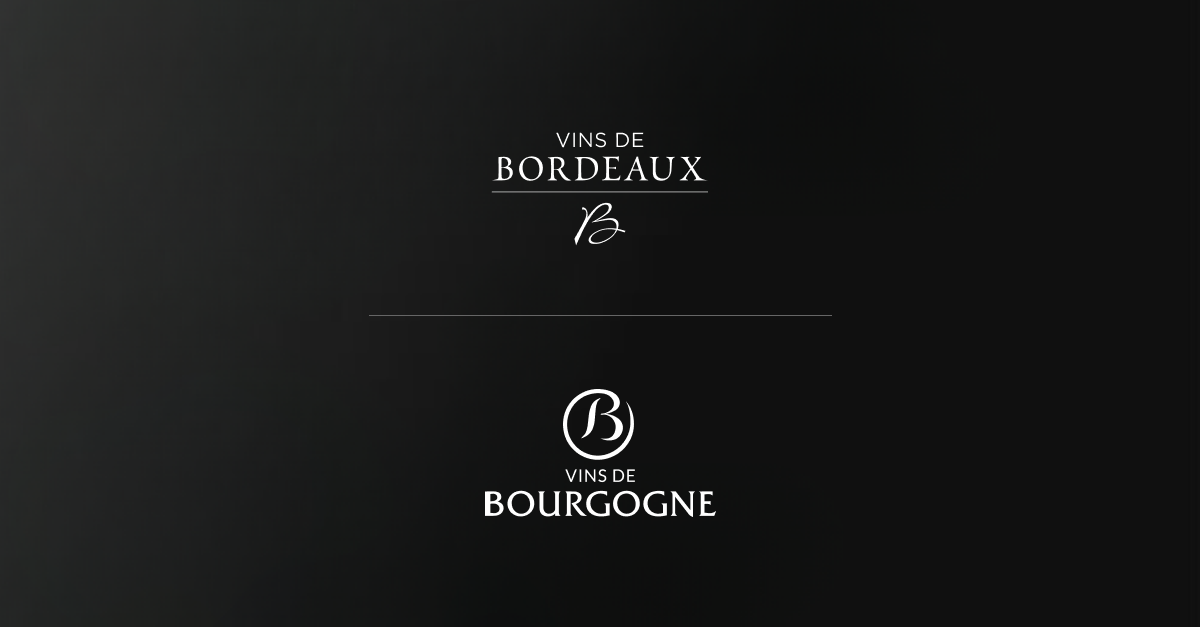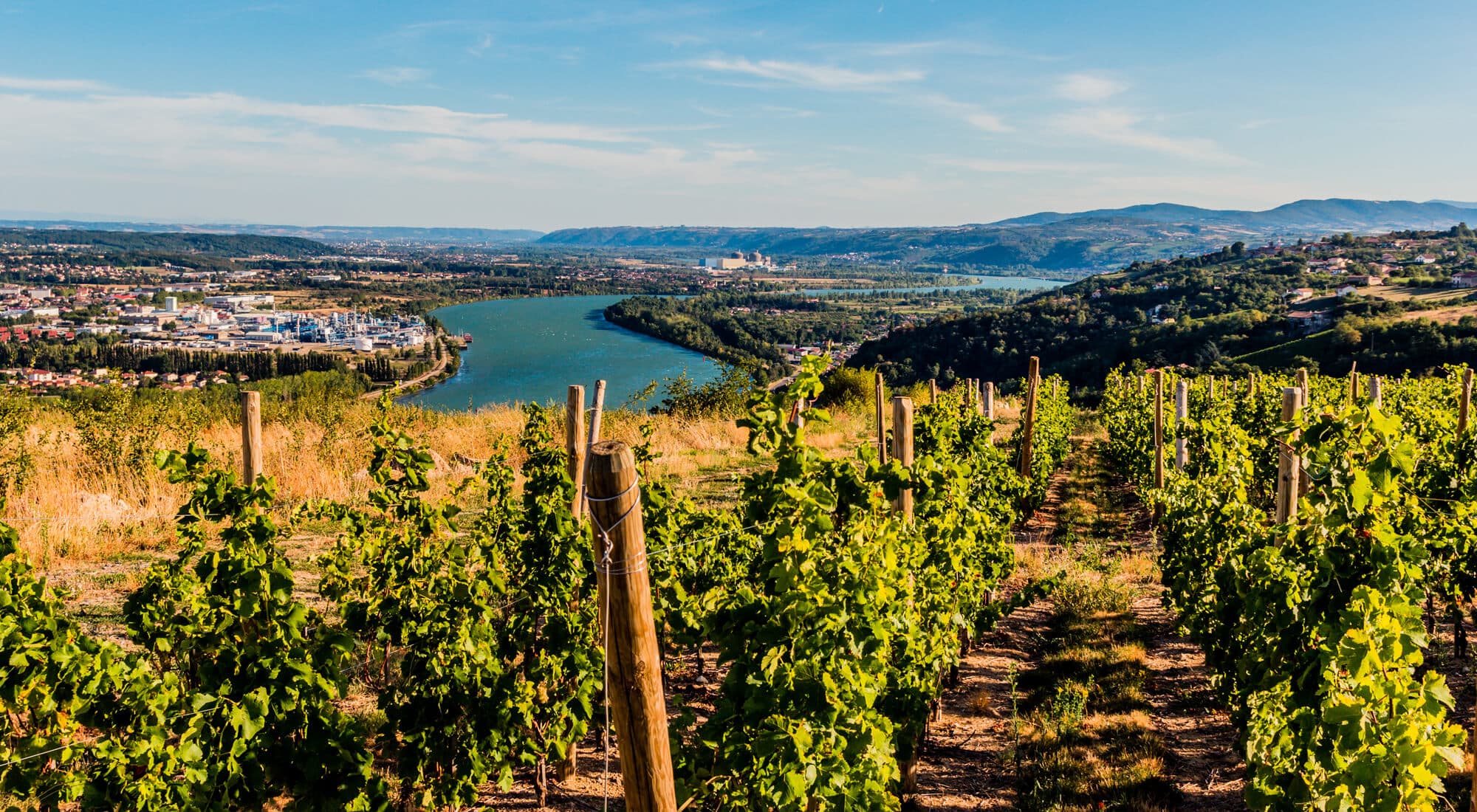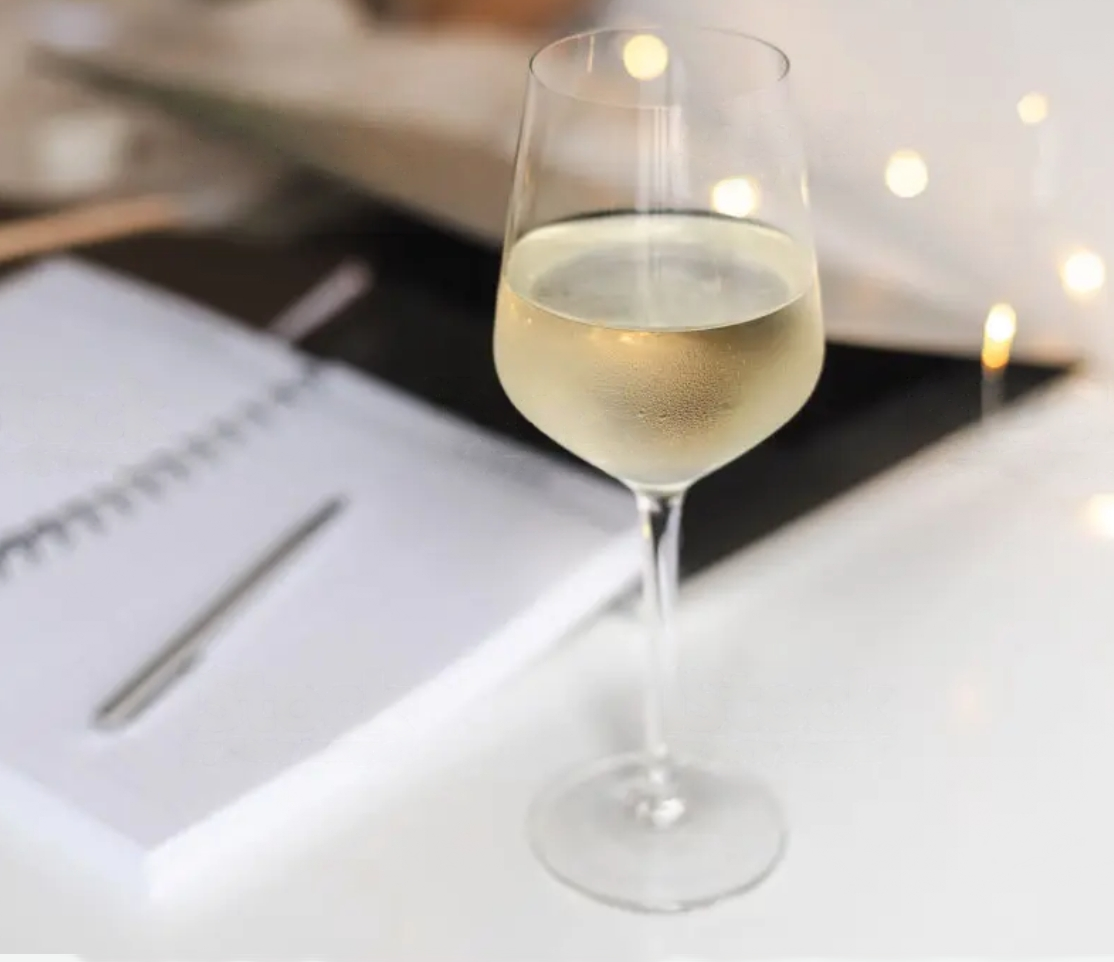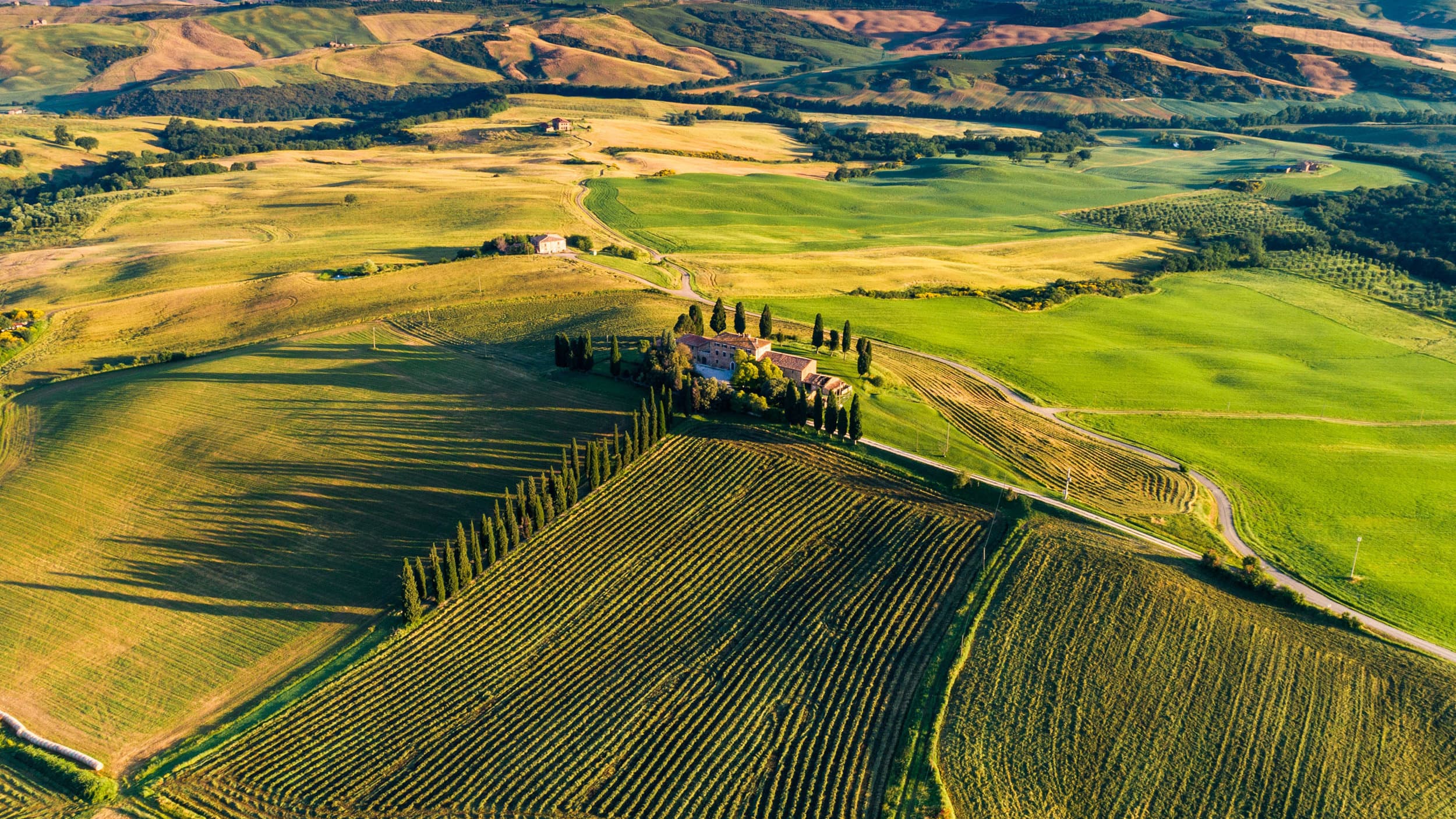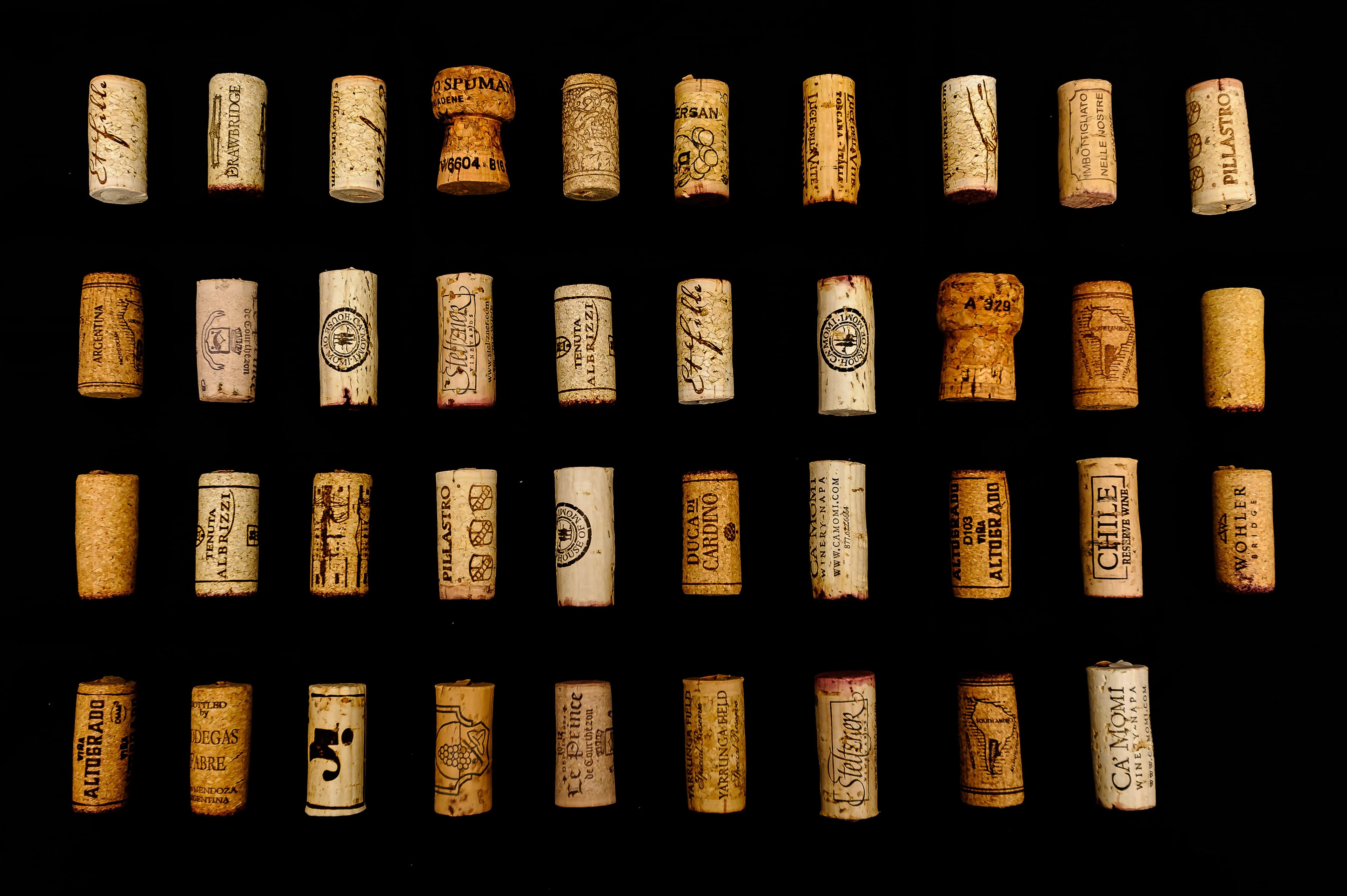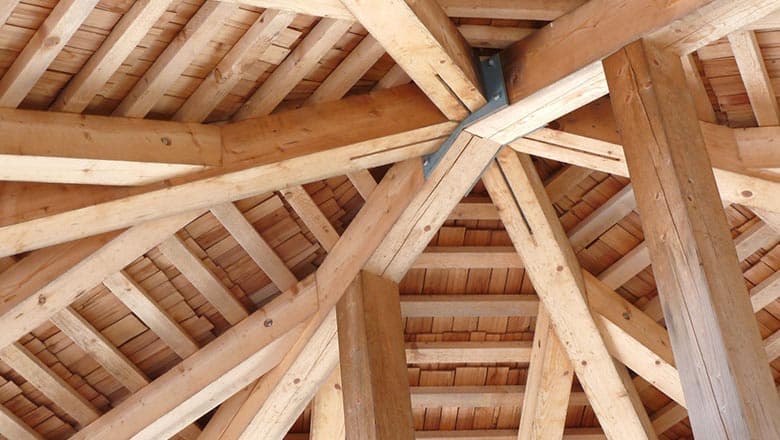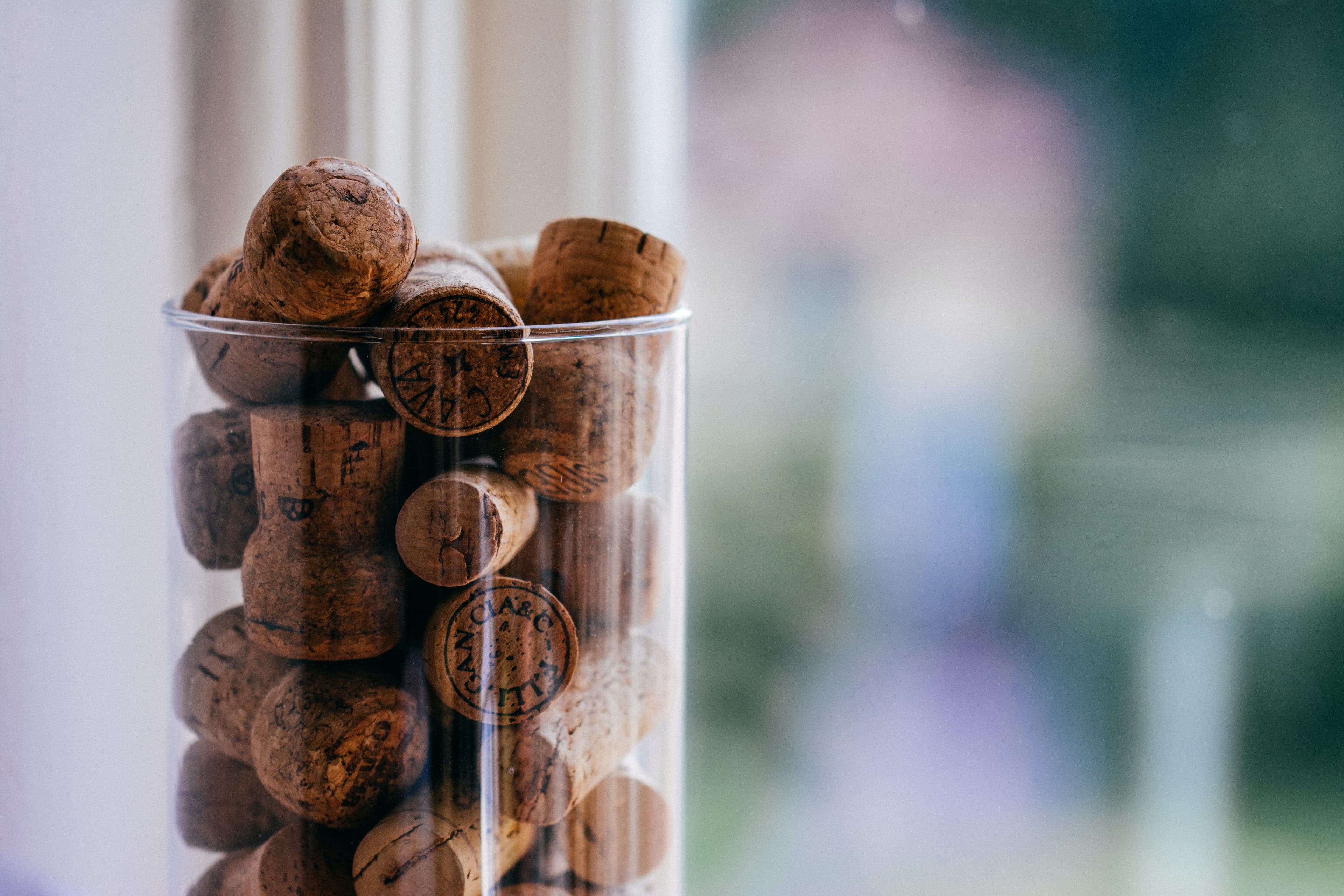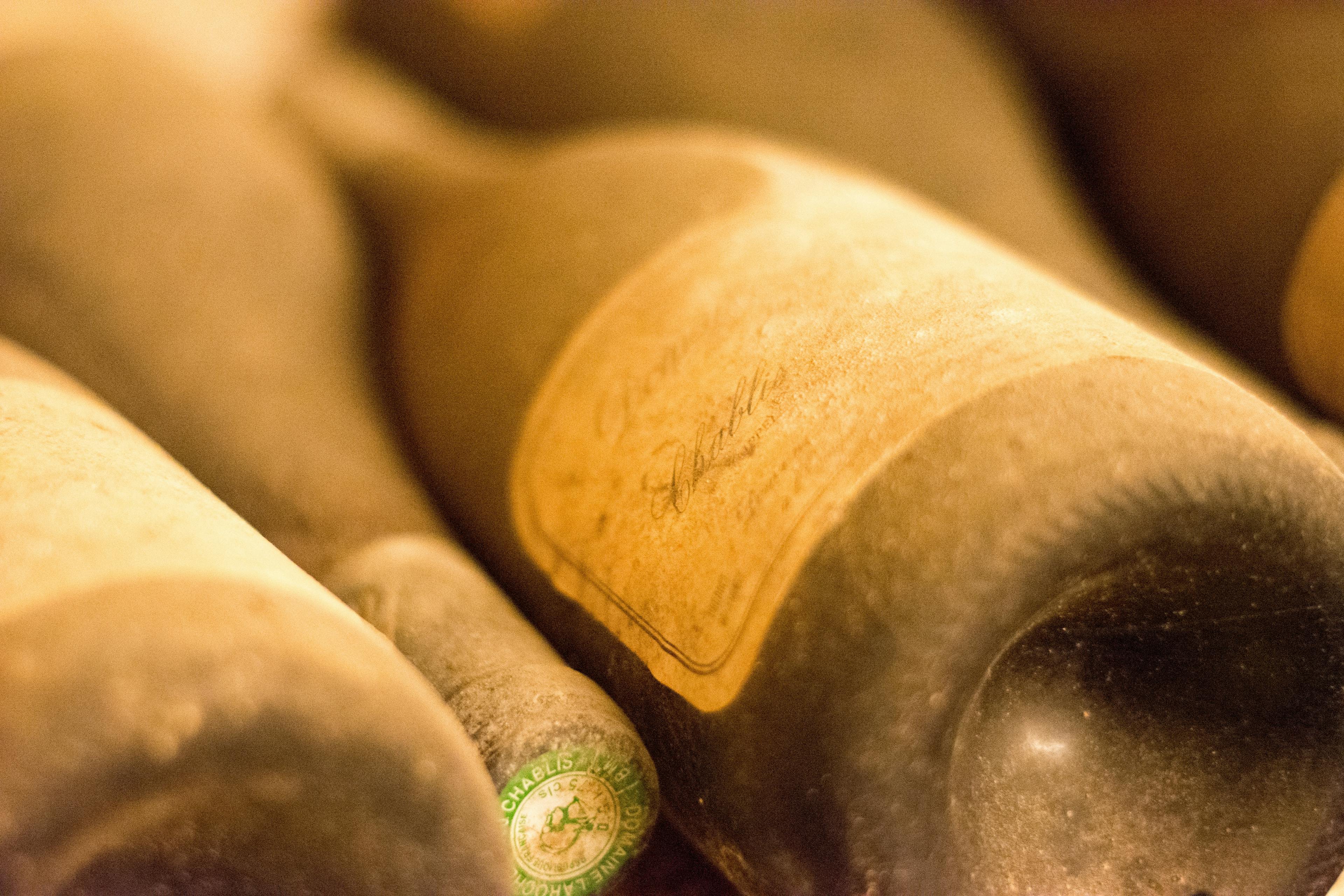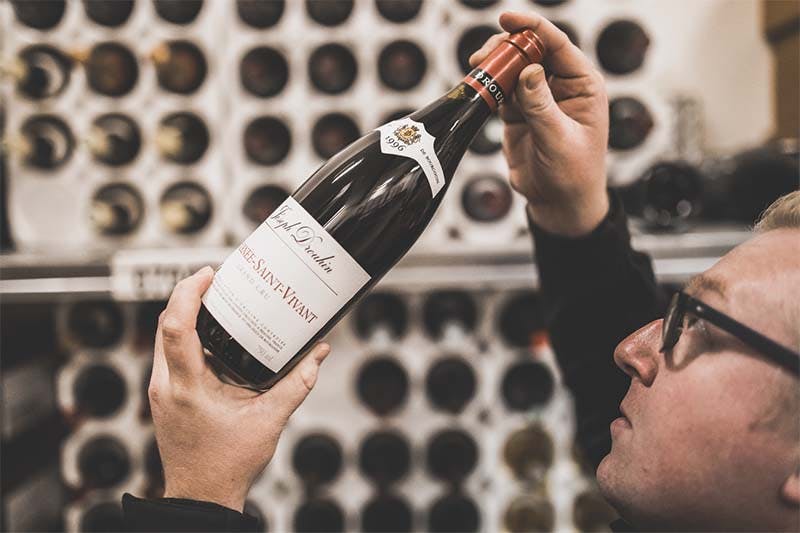The Craftsmanship Behind Domaine de la Romanee-Conti
12 min read
Head of Content

Discover the meticulous artistry and tradition that define Domaine de la Romanee-Conti, a name synonymous with the pinnacle of winemaking. Nestled in the heart of Burgundy, France, this esteemed vineyard is revered for producing some of the world's most prestigious and sought-after wines. The vineyard's history stretches back centuries, with a legacy of dedication to quality and an unwavering commitment to terroir-driven expressions. Each bottle from Domaine de la Romanee-Conti is a testament to the meticulous care and passion that goes into every step of the winemaking process, from the careful selection of grapes to the aging in oak barrels. This article delves into the intricate processes and the passionate individuals behind this legendary wine, offering a glimpse into a world where every detail counts towards creating the perfect bottle of wine.
The Art of Selective Grape Picking
Selective grape picking is a meticulous process that significantly contributes to the quality of popular vintages from Domaine de la Romanee-Conti. This method involves harvesting grapes based on their optimal ripeness, ensuring that only the best fruit is used for wine production. Each cluster is carefully inspected, and pickers must make quick, yet informed decisions about which grapes to select.
Timing is Crucial: The exact moment of harvest can dramatically affect the wine's flavor profile. Grapes picked too early may lack sugar and complexity, while those harvested too late could result in overly sweet or alcoholic wines.
Skilled Labor: The workers who perform this task are highly skilled, often with years of experience. They are trained to recognize the subtle differences in grape maturity, which is essential for maintaining the high standards expected at Domaine de la Romanee-Conti.
Weather Considerations: Weather conditions play a significant role in the timing of the harvest. Ideal weather allows for a more selective approach, while adverse conditions might force a quicker, less selective harvest.
This careful attention to detail in the initial stages of winemaking is what sets apart exceptional wines, ensuring each bottle meets the esteemed standards of the vineyard.
Traditional vs. Modern Winemaking Techniques
In the world of winemaking, traditional techniques often contrast sharply with modern methods, each bringing its unique influence to the final product. Traditional winemaking at Domaine de la Romanee-Conti emphasizes minimal intervention, relying on natural yeast for fermentation and aging the wine in oak barrels. This approach is believed to better express the terroir and create wines with greater depth and complexity.
Modern techniques, on the other hand, incorporate advanced technology to control every aspect of production. Temperature-controlled fermentation tanks, computerized monitoring systems, and precision bottling lines ensure consistency and prevent flaws. These methods can produce high-quality wines that are more accessible early on and can be less variable from year to year.
Both approaches have their merits, and the choice often depends on the specific goals and philosophy of the winery. For enthusiasts looking to explore how these methods influence taste, exploring food pairings can provide enlightening insights. Here are a few suggestions:
Rich, creamy cheeses to complement the structured complexity of traditionally made wines.
Grilled meats or robust stews that align well with the bold flavors of modern wines.
Delicate seafood dishes that enhance the subtle nuances brought out by precise modern winemaking.
The Role of Oak Barrels in Maturation
Oak barrels play a crucial role in the maturation process of wines from Domaine de la Romanee-Conti, influencing both the flavor and the character of the wine. These barrels, primarily crafted from French oak, are carefully selected for their quality and compatibility with the wine's profile. The interaction between the oak and the wine during maturation imparts a unique combination of tannins, aromas, and flavors that are highly prized.
Tannin Integration: As the wine ages in the barrels, tannins from the oak slowly leach into the wine, softening its texture and adding complexity.
Flavor Development: Oak barrels contribute a range of flavors, from vanilla and spices to subtle hints of toast and smoke, enriching the wine’s natural bouquet.
Oxygen Exchange: The semi-permeable nature of oak allows for a small amount of oxygen to enter the barrel, which helps stabilize the wine and enhance its aging potential.
Properly managing how to store Domaine de la Romanee-Conti is essential to preserve these qualities and ensure the wine develops as intended.
Handcrafting Wine: From Vineyard to Bottle
At Domaine de la Romanee-Conti, the process of handcrafting wine is steeped in tradition and meticulous care, reflecting a deep respect for the land and its history. Each step, from vineyard to bottle, is carried out with precision, ensuring that every vintage reflects the unique characteristics of its terroir.
Selection of Grapes: Only the finest grapes are selected during the harvest. Workers meticulously handpick each cluster, ensuring that only the healthiest and ripest are used for wine production.
Gentle Processing: Once at the winery, grapes undergo a gentle pressing to preserve their delicate flavors and prevent the extraction of harsh tannins.
Fermentation: The juice is then transferred to oak barrels where it ferments naturally. This slow fermentation process helps to develop complex flavors.
Aging: The wine ages in these barrels for several months, sometimes years, depending on the desired end product. During this time, it acquires subtlety and depth.
Bottling: Finally, the wine is carefully bottled, maintaining the integrity of its flavor profile. Each bottle is a testament to the craftsmanship that defines Domaine de la Romanee-Conti.
Biodynamic Farming Practices at Domaine de la Romanee-Conti
Domaine de la Romanee-Conti (DRC) is renowned not only for its exceptional wines but also for its commitment to biodynamic farming practices. These methods are deeply rooted in the belief that agricultural self-sufficiency creates a unique harmony between the vine and its environment, enhancing the taste of their wines. At DRC, biodynamic farming involves several key practices:
Preparations and Composts: DRC utilizes specially prepared composts and field preparations, such as horn manure and silica, which are intended to enrich the soil and stimulate root growth.
Lunar Cycles: Planting, pruning, and harvesting are meticulously timed to coincide with lunar cycles, believed to influence the biological processes in the plants.
Crop Diversity: The estate maintains a diverse ecosystem, which includes not just vines but also other plants and animals that contribute to the health of the vineyard.
Manual Labor: Mechanical intervention is minimized to ensure that the natural state of the vineyard is preserved as much as possible, relying instead on manual techniques for most vineyard tasks.
These practices ensure that the vineyard not only thrives in its natural state but also produces wines that are a true expression of their terroir.
The Precision of Yeast Selection in Fermentation
The precision of yeast selection in fermentation is a critical aspect that defines the characteristics of Domaine de la Romanee-Conti wines. Yeasts play a pivotal role in converting sugars into alcohol, but their influence extends far beyond this basic function. They are also responsible for developing a complex array of flavors and aromas during fermentation.
Strain Selection: The winemakers at Domaine de la Romanee-Conti meticulously select specific yeast strains that are known to enhance the unique qualities of their grapes. This careful selection ensures consistency and distinctiveness in each vintage.
Natural Yeasts: Unlike many other wineries, Domaine de la Romanee-Conti often prefers the use of indigenous yeasts found naturally on the grape skins. This approach allows for a more authentic expression of the terroir and adds layers of depth to the wine.
Controlled Fermentation: By managing the fermentation environment—temperature, oxygen levels, and nutrient availability—the winemakers can influence yeast activity. This control is vital for achieving the desired balance between sugar and alcohol, while also impacting the wine's final flavor profile.
Each of these steps is taken with the utmost care to preserve the heritage and enhance the quality of their esteemed wines.
Mastery in Blending: Creating a Balanced Wine
Creating a balanced wine at Domaine de la Romanee-Conti involves a meticulous blending process that harmonizes the unique characteristics of each vineyard plot. This mastery in blending is essential for achieving the signature complexity and depth that the estate's wines are renowned for. Each vintage is crafted not merely to reflect the qualities of the individual grapes but also to express the overarching terroir of the region.
Selection of Grapes: The process begins with the careful selection of grapes from various plots. Each variety contributes distinct flavors and aromas, which must be perfectly aligned to ensure balance.
Tasting and Assessment: Winemakers continuously taste and assess the developing wines, noting the evolution of flavors and the integration of tannins.
Art of Mixing: The actual blending is an art form, requiring years of experience to perfect. It's about finding the right proportion where no single element overshadows another.
Aging for Harmony: After blending, the wine is aged in oak barrels, which helps to marry the flavors and soften the tannins, enhancing the overall harmony of the final product.
For more detailed facts, exploring the specific techniques and historical practices at Domaine de la Romanee-Conti can provide deeper insights into this revered winemaking process.
Quality Control: Ensuring Consistency Across Vintages
Quality control at Domaine de la Romanee-Conti is paramount, ensuring that each bottle maintains a consistent standard across different vintages. This meticulous process begins in the vineyard, where the focus is on sustainable viticulture practices. Each vine is carefully monitored, with interventions kept to a minimum to allow the natural character of the terroir to shine through.
In the winery, the grapes undergo rigorous sorting to select only the best fruit. This selection is crucial as it ensures that only healthy, perfectly ripe grapes serve as the foundation for the wine. Fermentation is carried out with indigenous yeasts, which helps to preserve the unique flavors inherent to each plot.
Aging of the wines is another critical aspect of quality control. Oak barrels, carefully chosen for their fine grain and light toast, contribute to the subtle development of the wine without overpowering its natural virtues. Regular tasting and analysis throughout the aging process guarantee that the final product reflects the desired quality and style.
Sustainable viticulture emphasizes natural growth cycles.
Rigorous grape sorting ensures optimal fruit selection.
Indigenous yeasts maintain plot-specific flavors.
Carefully selected oak barrels enhance subtle maturation.
The Impact of Vineyard Microclimate on Grape Quality
The microclimate of a vineyard plays a crucial role in defining the quality of grapes, which in turn affects the wine produced. At Domaine de la Romanee-Conti, the unique environmental conditions directly influence the cultivation and eventual flavor profile of their esteemed wines. This renowned vineyard benefits from a combination of rich soil, optimal sunlight, and a favorable temperature range, which are all pivotal for nurturing high-quality grapes.
Temperature Regulation: Slight variations in temperature can significantly impact the phenolic ripeness and sugar content of grapes. Cooler nights and warm days are ideal for preserving the grapes' acidity and enhancing their aromatic qualities.
Sunlight Exposure: Adequate sunlight is essential for photosynthesis, which promotes healthy growth and development of grapevines. The orientation of Domaine de la Romanee-Conti's slopes ensures maximum exposure to sunlight, contributing to the consistent ripeness of their grapes.
Soil Composition: The terroir, including soil type and drainage capabilities, affects the water availability and nutrient uptake of grapevines. Well-drained soil in this vineyard helps prevent root diseases and promotes the production of more concentrated fruit.
Understanding these factors is key to enjoying the complex and exquisite wines of Domaine de la Romanee-Conti, where each bottle reflects the essence of its origin.
Innovations in Sustainable Winemaking
Domaine de la Romanee-Conti (DRC) has long been revered for its exceptional wines, but recent years have seen the estate also lead in sustainable winemaking practices. By integrating innovative techniques, DRC ensures the preservation of its terroir while enhancing the ecological balance.
Organic Viticulture: Since the early 1980s, DRC has practiced organic farming, eschewing synthetic pesticides and fertilizers. This approach supports soil health and promotes biodiversity in the vineyard.
Biodynamic Practices: Adopting biodynamic principles in 1986, DRC treats the vineyard as a living organism. Preparations made from fermented manure, minerals, and herbs help to vitalize the soil and vines, aligning agricultural activities with lunar and cosmic rhythms.
Reduced Carbon Footprint: The winery has implemented measures to minimize its carbon emissions. Lightweight bottles reduce transportation weight, and the use of local natural resources cuts down on energy consumed during production.
Water Management: Innovations in water conservation are critical in DRC’s strategy. Techniques such as rainwater harvesting and drip irrigation systems ensure efficient water use, crucial in Burgundy's variable climate.
These practices not only contribute to the production of high-quality wines but also set a benchmark for sustainability in viticulture, influencing winemakers worldwide.
Conclusion
In conclusion, the meticulous craftsmanship behind Domaine de la Romanée-Conti exemplifies the pinnacle of winemaking. From the careful selection of grapes to the thoughtful aging process, every step is a testament to the dedication and expertise that contribute to the creation of some of the world's most sought-after wines. This level of detail ensures that each bottle not only embodies the rich history and terroir of its vineyard but also offers an unparalleled tasting experience.
For enthusiasts and collectors looking to invest in such exquisite wines, Rekolt provides a seamless solution. Understanding the importance of proper storage and the potential for future trading, Rekolt offers a professional cellar storage option. This service not only preserves the quality and enhances the maturation of these fine wines but also simplifies the process of reselling and trading. By choosing Rekolt, you ensure that your investment is maintained in optimal conditions, ready to either enjoy at its peak or to offer in the marketplace when its value appreciates. Thus, whether you're a connoisseur seeking to experience the legendary craftsmanship of Domaine de la Romanée-Conti or an investor looking to capitalize on the wine's prestige and rarity, Rekolt is your trusted partner in navigating the intricate world of fine wines.
Share this article
